SIGIRIYA
Sigiriya, also called Lion Rock or Lion Mountain, site in central Sri Lanka consisting of the ruins of an ancient stronghold that was built in the late 5th century CE on a remarkable monolithic rock pillar. The rock, which is so steep that its top overhangs the sides, rises to an elevation of 1,144 feet (349 metres) above sea level and is some 600 feet (180 metres) above the surrounding plain.The Sinhalese king Kashyapa I (reigned 477–495) built a palace in the shape of a monumental lion on the several acres of ground at the summit, intending it to be a safeguard against his enemies. However, the king was defeated in 495, and the palace fell into ruin. The site soon became a pilgrimage destination, however, and it is now a popular tourist spot. Visitors begin the final ascent to the top through the open paws of the lion, one of the few remaining portions of the palace that are still intact. Also notable are 21 rock paintings of apsaras (celestial singers and dancers). Sigiriya was designated a UNESCO World Heritage site in 1982.
SIGIRIYA MIRRORWALL AND FRESCOSE
Sigiriya mirror wall is a fifth-century brick wall that would have originally covered the whole stairway flanking the rock face. During King Kassapa’s time, the wall plaster was polished to create a mirror effect and hence the name. After the fall of Kassapa, many local visitors had heard of the Sigiriya rock fortress ruins. Their many visits were recorded in the form of graffiti on the mirror wall. Graffiti are poems written in the Sinhalese language. These Sigiriya graffiti describe the beauty of Sigiriya damsels. Some of the described paintings have not survived.SIGIRIYA FRESCOES
The Sigiriya Frescoes were painted on the western surface of Sigiriya Rock, located in central Sri Lanka. Painted thirteen hundred years ago, they were the highlight of a massive palace complex built in 480AD by King Kasyapa. Today only a few of these murals survive, in a small pocket about 100 meters above ground.
Protected in this small, sheltered depression a hundred meters above ground, they float effortlessly among the clouds. Some say they are celestial nymphs carrying flowers to shower upon kings and mortals below. Others suggest that they are queens and concubines of Kasyapa's harem.The ladies of the Sigiriya fresco paintings have been the subject of speculation for nearly one thousand six hundred years. They, in turn, have remained silent, smiling enigmatically, their secret intact for over 1,600 years. The names of the ladies and the artists who painted them are lost to history. Their legacy has survived for over half a million days, a testament to the genius of their creators and the king who commissioned them.
SIGIRIYA LION FACE
GARDEN OF SIGIRIYA

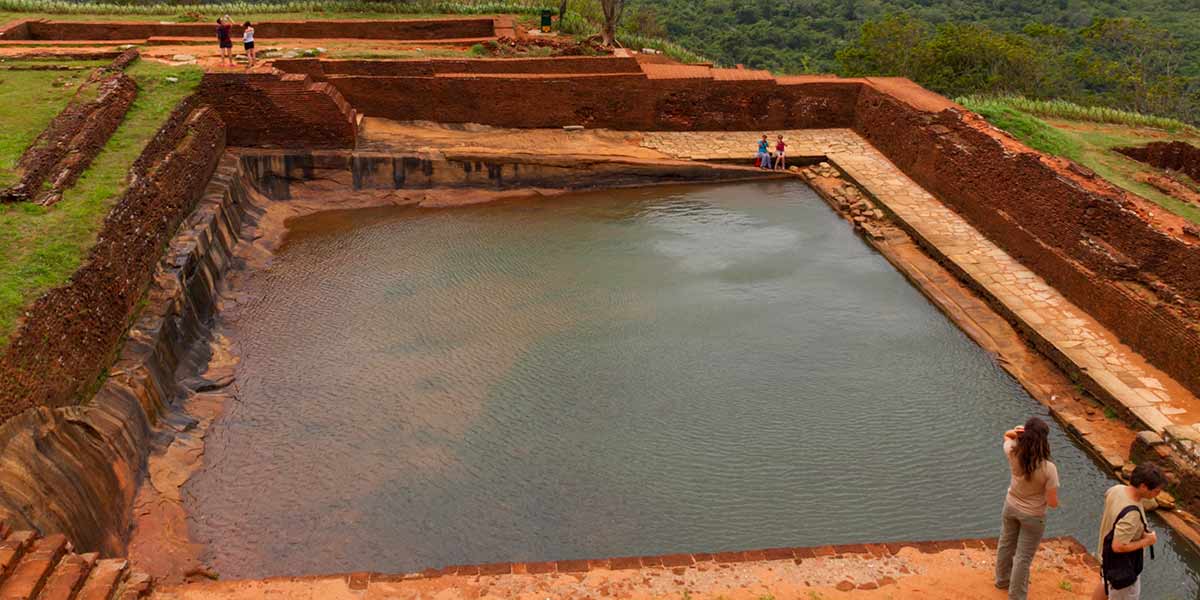
The garden leading up to the fortress is one of the oldest landscaped gardens in the world, and is comprised of three main elements: water features, rock features, and terraces. The garden stretches out nearly 100 yards from the hill on an east-west axis. At the time it was built, it was used not just as a place to experience but as a defensive structure. It features moats that served to defend against potential attackers. Parts of the garden are designed in the ancient Persian char bagh style, and the water features include underground hydraulic systems some of which continue to operate to this day.
The water gardens are also divided into three main areas. The first garden consists of a section of land surrounded by water. The second is the largest and features a long path flanked on either side by two long pools, both of which connect to serpentine streams. The water features here include fountains that still function. The third is smaller and consists of a large octagonal pool.
The rock gardens are at the foot of the rock hill atop which sits the main fortress. They consist of several large boulders linked by winding pathways. The large boulders once had buildings on top of them, the footings of which can still be seen. The terrace gardens are built out of the natural hills at the foot of the rock. They feature terraces rising from the boulder garden to the staircases that lead up to the main palace laid out in an approximately concentric pattern relative to the base of the rock.
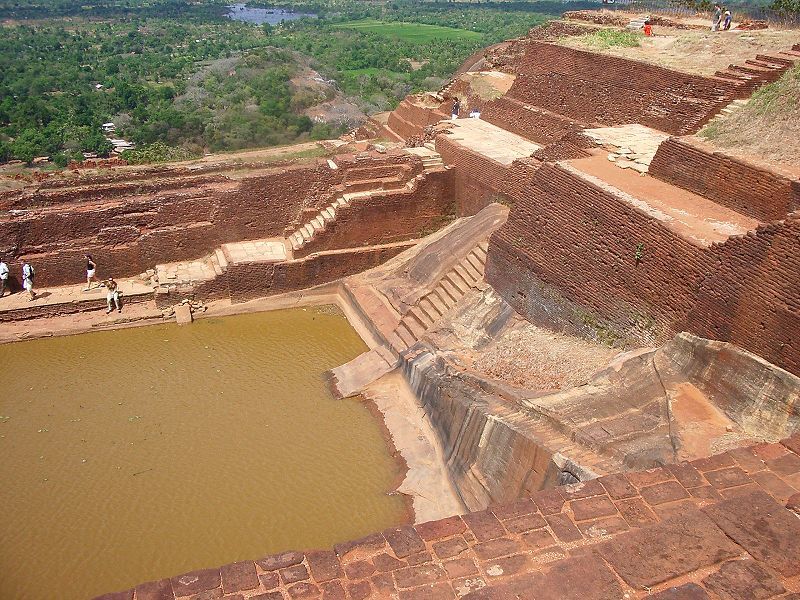



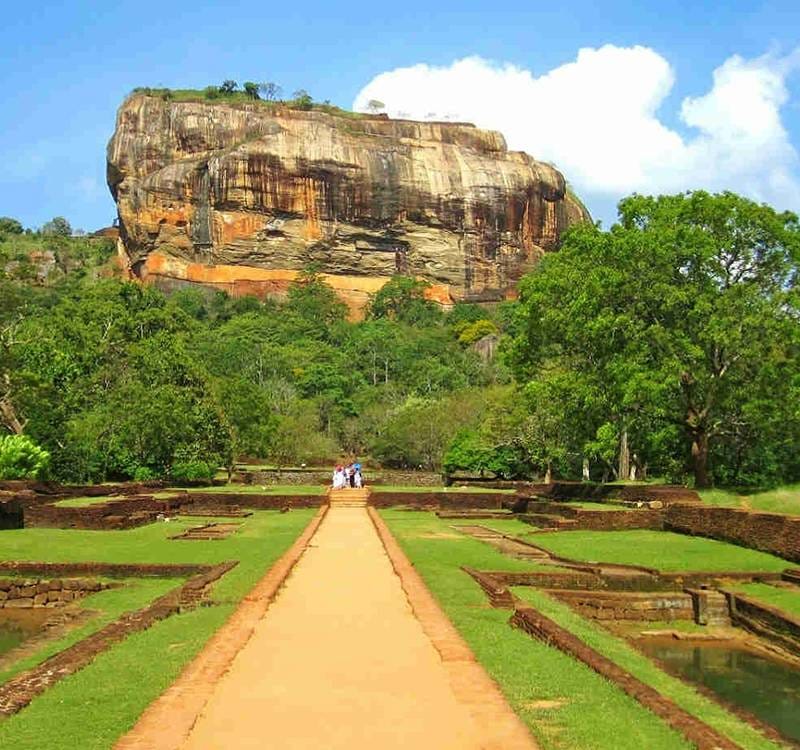

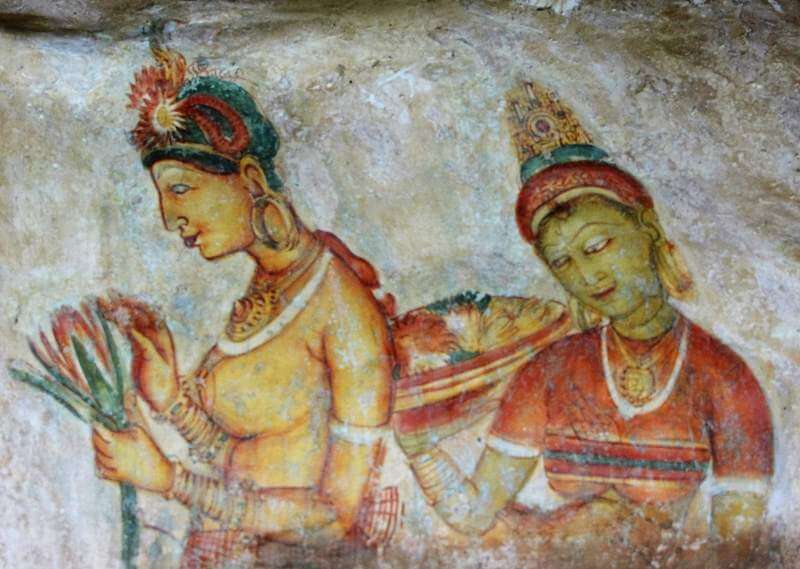
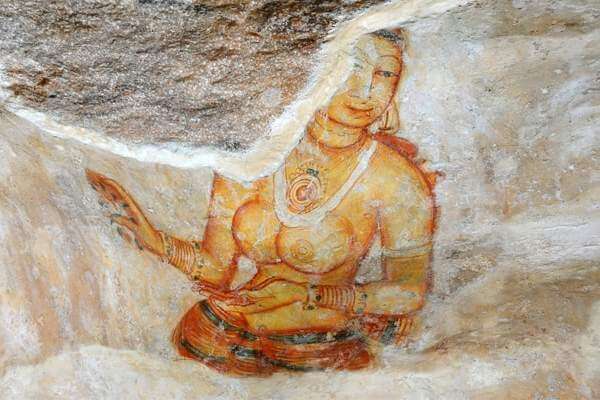
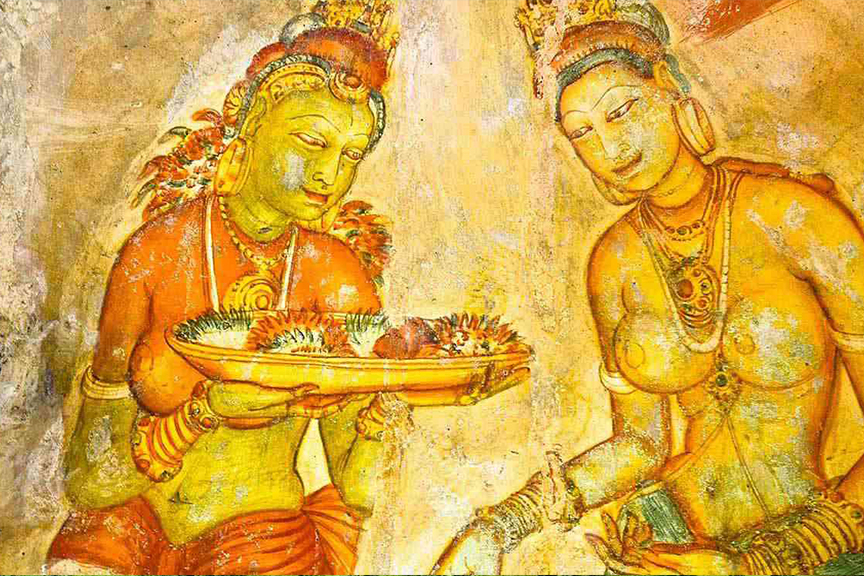
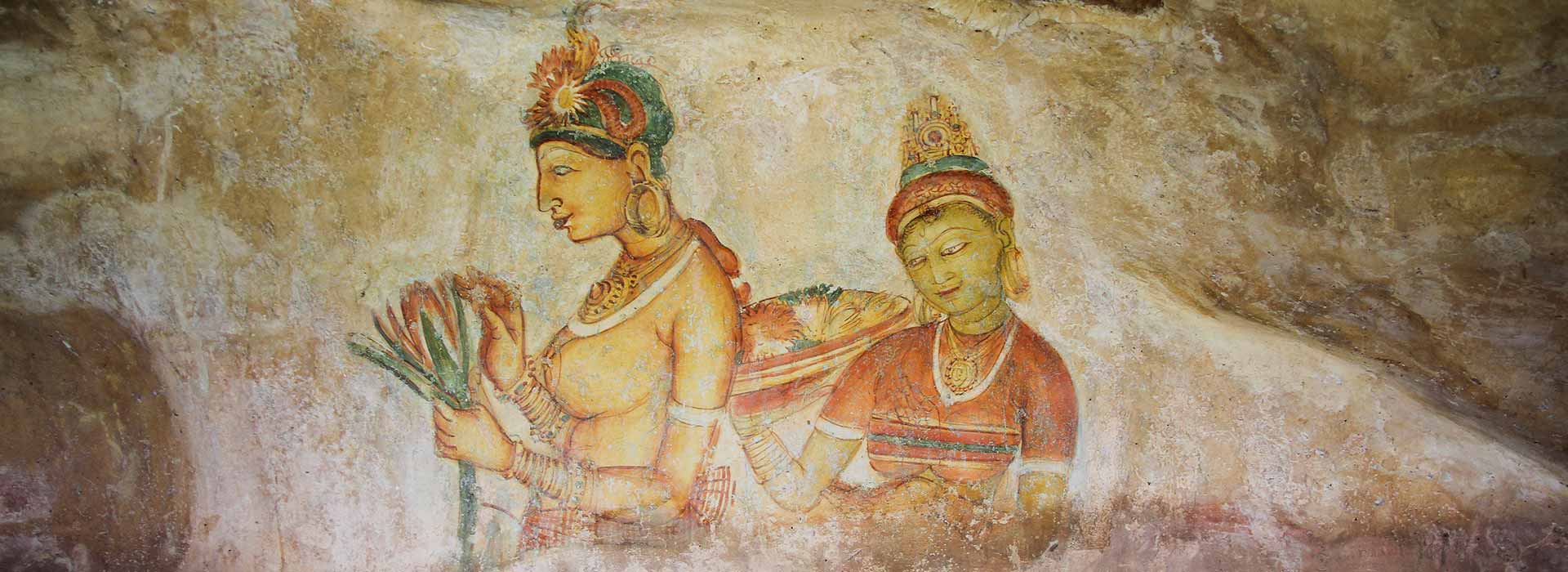
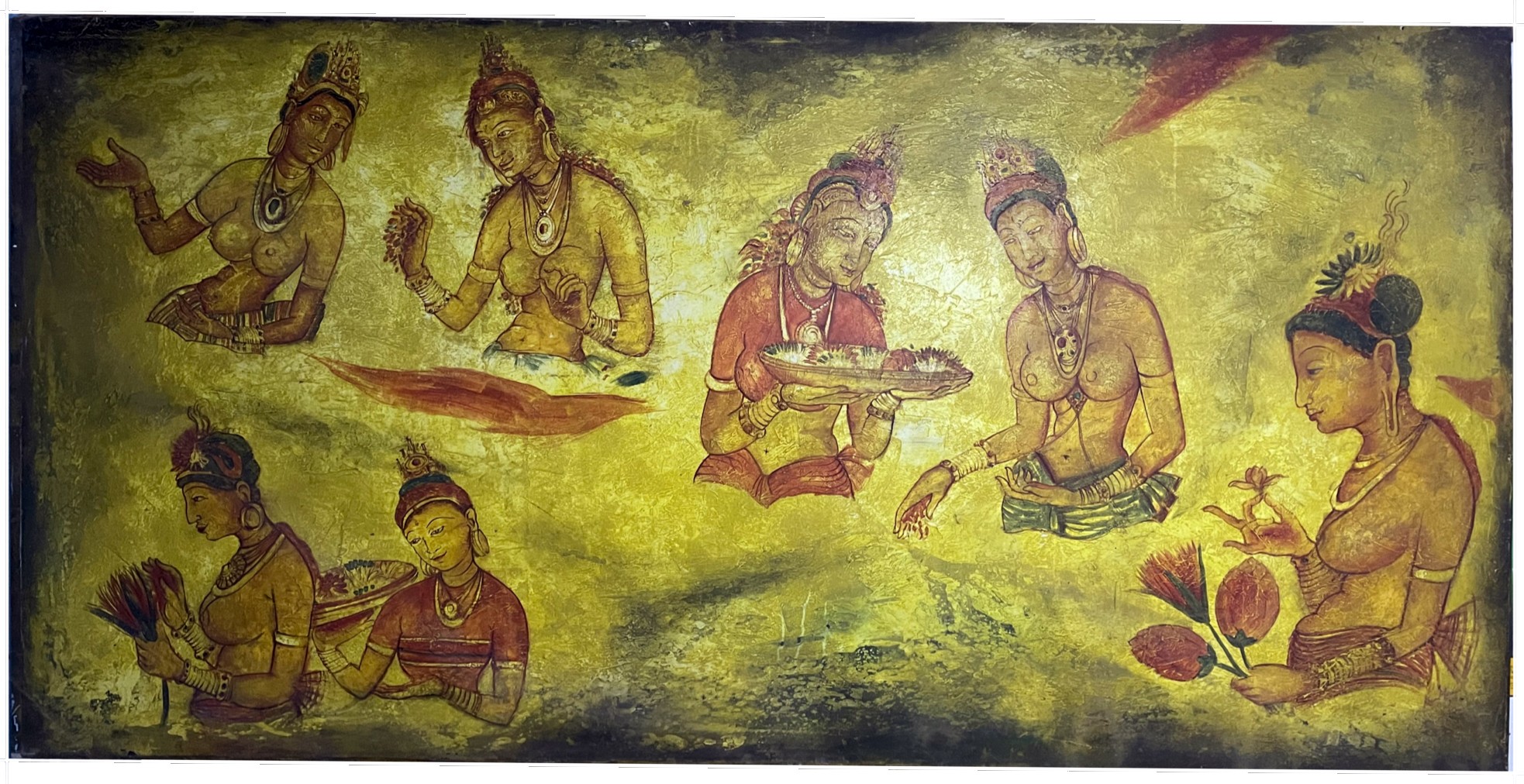
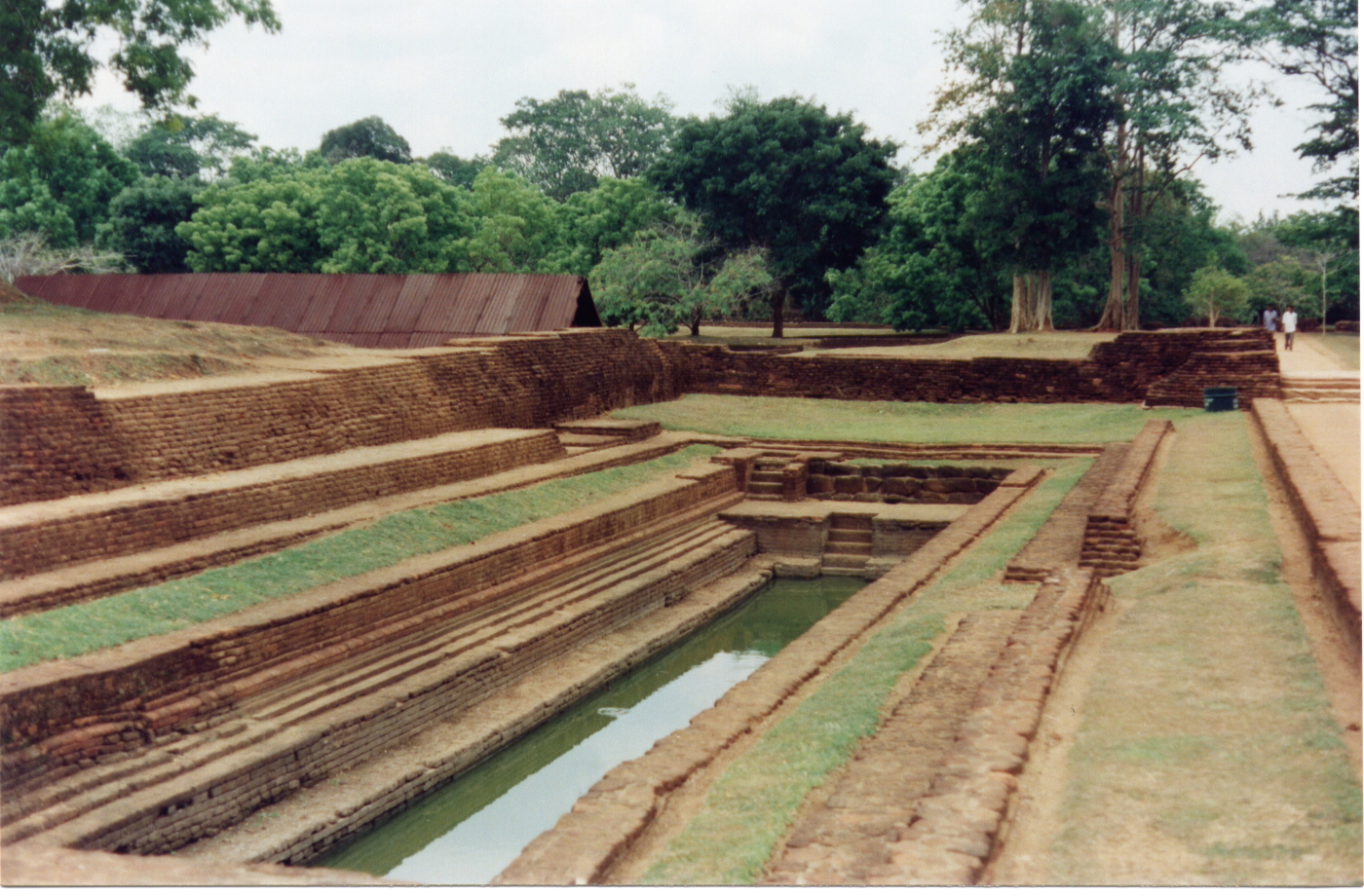
Comments
Post a Comment